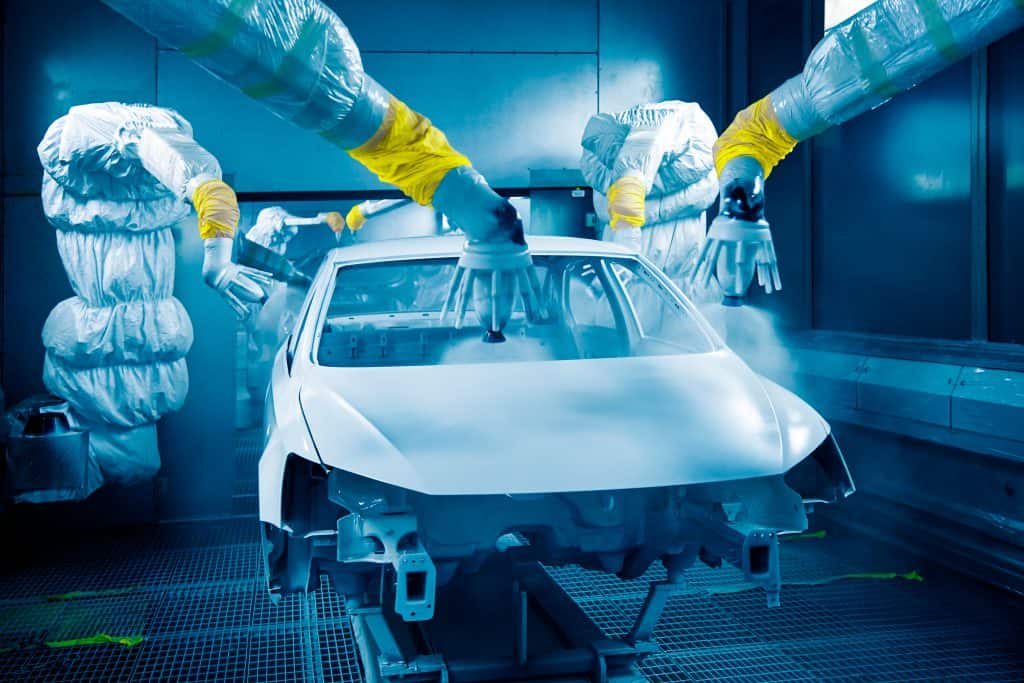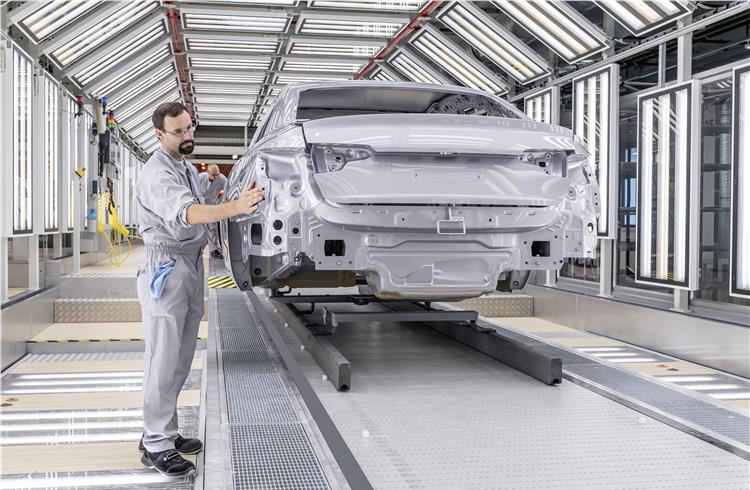Keeping your car’s paint job pristine is vital for its aesthetics and resale value. Often, minor scratches and chips can tarnish the beauty of your vehicle. Learning how to touch up car paint will help you maintain its appearance and protect it from rust and other damages. It’s here: a detailed guide with approved steps and tremendous technology to help you.

Understanding Car Paint
Before diving into the touch-up process, its crucial to understand what car paint is and how it works. Car paint is typically made up of three layers: a primer layer that binds to the metal, a color coat that provides the hue, and a clear coat that protects the color from damage. This layered structure helps protect the metal body from environmental factors.
Gathering the Necessary Tools and Materials
Youll need several tools and materials for a successful car paint touch-up:
- Touch-up paint: Ensure it matches your cars color code.
- Primer: Just like the base of a house, primer ensures your paint adheres well.
- Clear coat: To seal and protect your paint job.
- Sandpaper: Different grits for smoothing out scratches.
- Microfiber cloths: For cleaning and buffing.
- Rubbing alcohol: For cleaning the area before painting.
- Masking tape: To shield areas you dont want to paint.
- Fine-tip brushes or paint pens: For applying the touch-up paint.
Prepping the Vehicle
Proper preparation is vital for a seamless paint touch-up. Here are the steps:
Clean the Area
Wash the area around the scratch or chip with soap and water, then dry thoroughly with a microfiber cloth. Follow this by cleaning with rubbing alcohol to remove any remaining residue.
Mask Off the Area
Use masking tape to cover areas you dont want to touch up. This step ensures that paint and primer stay within the desired section.
Sand the Surface
Gently sand the scratch or chip with fine-grit sandpaper, ensuring a smooth surface for painting. Wipe away any dust with a microfiber cloth.
Applying the Primer
Primer is essential for a durable paint job. Apply a thin layer of primer to the sanded area using a fine-tip brush or applicator. Allow it to dry completely according to the instructions on the primer packaging.
Applying the Touch-Up Paint
Once the primer is dry, its time to apply the touch-up paint. Shake the paint container well, then use a fine-tip brush or paint pen to carefully fill in the scratch or chip. Apply the paint in thin layers, allowing each layer to dry before applying the next. You may need multiple coats to achieve the desired opacity.
Applying the Clear Coat
After the touch-up paint is fully dry, protect it with a clear coat. Apply a thin layer of clear coat over the painted area, extending slightly beyond the edges of the touch-up paint. Allow it to dry completely.
Buffing and Polishing
Once the clear coat is dry, gently buff the area with a microfiber cloth to blend the touch-up paint with the surrounding surface. This step will help achieve a smooth and glossy finish.
Inspecting Your Work
Examine the touched-up area under different lighting conditions to ensure the paint job matches the rest of your car. Make any necessary touch-ups until you are satisfied with the results.
Preventing Future Damage
Maintaining your car’s paint job requires regular care. Here are some tips to help prevent future scratches and chips:
- Park in covered areas whenever possible.
- Wash your car regularly to remove dirt and debris.
- Apply a protective wax coating to your car’s paint.
- Avoid driving too closely to other vehicles.
Maintaining Your Cars Paint Job
Maintaining your cars paint job goes beyond just fixing scratches. Regular waxing and polishing keep the paint looking new and provide a protective layer against environmental factors. Be mindful of parking spots and avoid areas where your car might be exposed to potential damage.
Using Technological Advancements
Technology has greatly advanced in the automotive industry, providing tremendous solutions for paint touch-ups. Online tools and apps can help you find the perfect paint match by simply scanning your car’s paint. Additionally, there are high-quality automated paint systems that offer professional-level repairs.
Check out Analysis and Sequencing for more insights on innovative technologies in the industry.
Common Mistakes to Avoid
Even with the best intentions, mistakes can happen during a touch-up process. Here are some common pitfalls to avoid:
- Rushing the process: Take your time to ensure each layer dries thoroughly.
- Using the wrong color: Always verify the color code of your car before purchasing touch-up paint.
- Skipping primer: Primer is essential for a durable and long-lasting paint job.
- Applying paint too thickly: Thin, multiple coats are better than one thick coat.
Professional vs. DIY Touch-Up
Deciding between a professional service and a DIY touch-up depends on the extent of damage and your confidence level. Minor scratches and chips are often manageable with DIY methods, while extensive damage might require professional intervention.
Cost Considerations
The cost of a DIY touch-up is significantly lower than a professional job. However, investing in high-quality materials and tools is crucial for a successful touch-up. Weigh the costs and benefits before making a decision.
For more cost-related guidance, you might be interested in our article on Wafer Polishing Inspection.
Benefits of Touching Up Car Paint
Touching up car paint has several benefits:
- Enhances the overall appearance of your vehicle.
- Prevents rust and further damage.
- Maintains the cars resale value.
- Gives you a sense of accomplishment.
Environmental Considerations
Be mindful of the environmental impact of your touch-up process. Dispose of any waste materials properly and use eco-friendly products whenever possible. Consider the environmental benefits of DIY touch-ups compared to full repaint jobs.
For more insight into environmentally friendly practices, check out Semiconductor Manufacturing.
Final Thoughts
Learning how to touch up car paint is a valuable skill that can save you time and money while enhancing your vehicles appearance. With the right tools, materials, and techniques, you can achieve professional-looking results. Remember to take your time, follow each step carefully, and enjoy the satisfaction of a job well done.
For a comprehensive understanding of car paint, you might find this Wikipedia article helpful.

FAQs
What is the importance of using primer before touching up car paint?
Primer helps the paint adhere better and provides a smooth base for the paint. It also helps prevent rust.
Can I use any type of paint to touch up my car?
No, it’s important to use touch-up paint that matches your cars specific color code.
How long does it take for touch-up paint to dry?
Drying times vary depending on the product, but it generally takes a few hours for each layer to dry completely.
